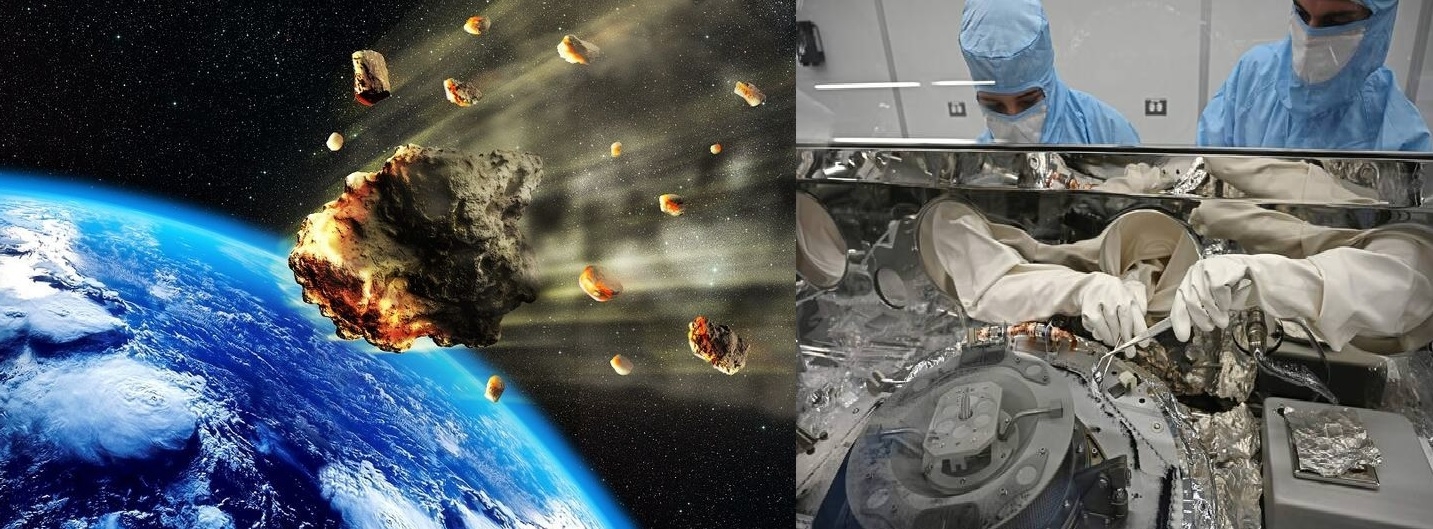NASA’s asteroid samples hold ingredients of life from watery world
| Date :31-Jan-2025 |

CAPE CANAVERAL :
ASTEROID samples fetched by
NASA hold not only the pristine
building blocks for life but also
the salty remains of an ancient
water world.
The findings provide the
strongestevidenceyetthatasteroidsmayhave plantedthe seeds
of life on Earth and that these
ingredients were mingling with
wateralmostrightfromthestart.
“That’s the kind of environmentthatcouldhavebeenessential to the steps that lead from
elements to life,” said the
Smithsonian Institution’s Tim
McCoy, one of the lead study
authors.
NASA’sOsiris-Rexspacecraftreturned 122 grams of dust
andpebblesfromthenear-Earth
asteroid Bennu, delivering the
sample canister to the Utah
desert in 2023 before swooping
off after another space rock. It
remains thebiggest cosmichaul
frombeyondtheMoon.The two
previous asteroid sample missions by Japan yielded considerably less material.
SmallamountsofBennu’spreciousblackgrains-leftoversfrom
the solar system’s formation 4.5
billion years ago - were doled
out to the two separate research
teams.
But it was more than enough
toteaseoutthesodium-richminerals and confirm the presence
of amino acids, nitrogen in the
formofammoniaandevenparts
of the genetic code.
Some if not all of the delicate
salts found at Bennu - similarto
what’s in the dry lakebeds of
California’s Mojave Desert and
Africa’s Sahara-would be
strippedawayifpresentinfalling
meteorites.
“This discovery was only possible by analysing samples that
were collected directly from the
asteroidthencarefullypreserved
back on Earth,” the Institute of
ScienceTokyo’sYasuhitoSekine,
whowasnotinvolvedinthestudies,saidinanaccompanyingeditorial. Combining the ingredients of life with an environment
of sodium-rich salt water, or
brines,“that’s reallythepathway
tolife,” saidMcCoy,theNational
Museum of Natural History’s
curator of meteorites. “These
processes probably occurred
much earlier and were much
more widespread than we had
thought before.”
NASA’s Daniel Glavinsaidone
of the biggest surprises was the
relatively high abundance of
nitrogen, including ammonia.
Whilealloftheorganicmolecules
foundintheBennusampleshave
been identified before in meteorites, Glavinsaid the ones from
Bennu are valid - “real extraterrestrial organic material formed
in space and not a result of contamination from Earth.”
Bennu-arubblepile justonethird of amile(one-halfofa kilometre) across - was originally
partofamuchlargerasteroidthat
got clobbered by other space
rocks. The latest results suggest
this parent body had an extensive underground network of
lakes or even oceans.



